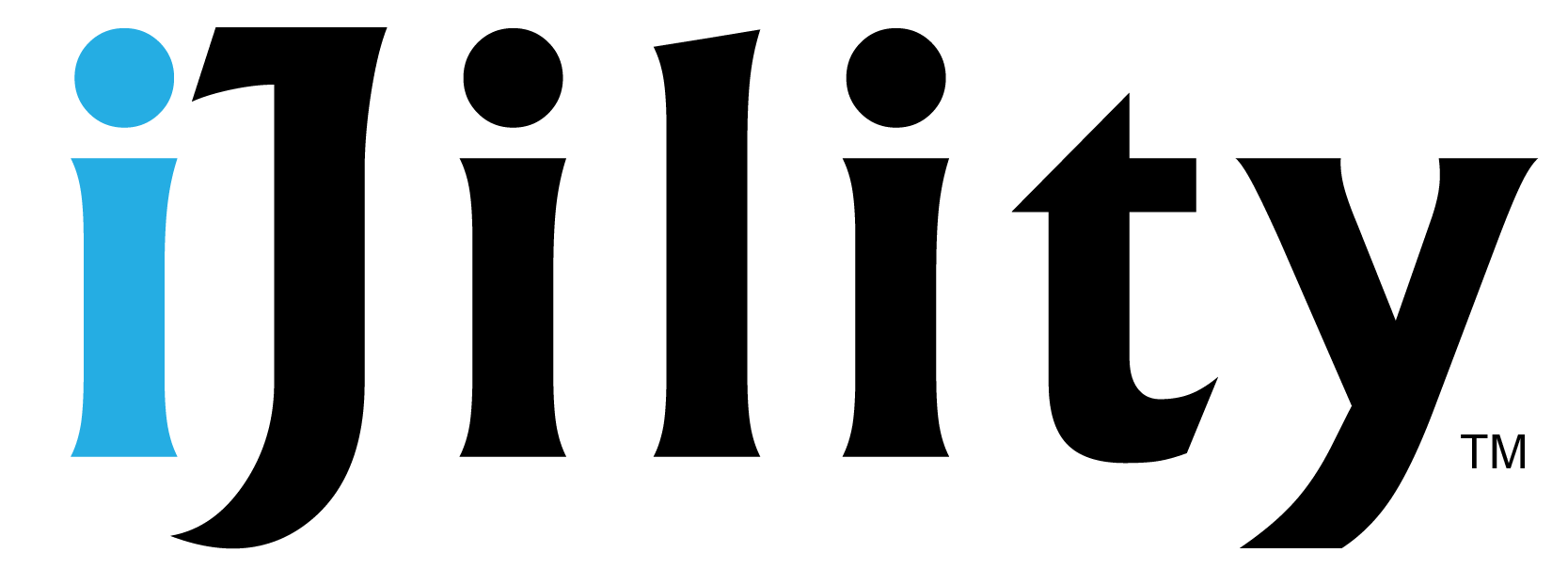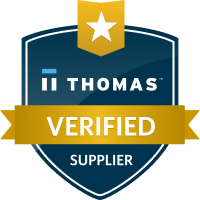
Tariffs, as government-imposed taxes on imported goods, play a pivotal role in shaping global trade dynamics. For professionals in inbound logistics, understanding the multifaceted effects of tariffs is essential for maintaining efficient operations and preparing the workforce to navigate associated challenges. Tariff fluctuations can disrupt supply chains, increase operational costs, and force logistics managers to rethink their strategies. Businesses that depend on cross-border trade must proactively address these challenges to minimize disruptions and maintain profitability.
Impact of Tariffs on Inbound Logistics
- Increased Costs: Tariffs directly elevate the cost of imported goods. These increased expenses can strain budgets and necessitate adjustments in pricing strategies. Companies may face the dilemma of absorbing these costs or passing them on to consumers, potentially affecting demand. In many cases, these cost increases can impact various levels of the supply chain, leading to financial strain on suppliers and distributors alike. As a result, logistics teams must work closely with financial departments to adjust budget forecasts and explore cost-cutting measures elsewhere.
- Inventory Management Challenges: Anticipation of higher tariffs can lead companies to accelerate imports, resulting in inventory surges. This “hoarding” behavior aims to circumvent future cost increases but can strain warehousing capacities and complicate inventory management. On the other hand, companies that fail to adequately plan for increased tariffs may face stock shortages, causing supply chain bottlenecks and fulfillment delays. Properly forecasting demand and optimizing storage space can help mitigate these risks.
- Supply Chain Disruptions: Tariffs may prompt companies to seek alternative sourcing options, leading to shifts in established supply chains. Such changes can cause delays, increased lead times, and necessitate the development of new supplier relationships. Logistics managers must be agile in their approach, continuously evaluating supplier reliability and considering alternative shipping routes to minimize delays. Maintaining strong relationships with logistics partners and staying informed about trade policy changes can help businesses adapt more smoothly.
- Regulatory Compliance: Navigating the complexities of varying tariff regulations requires meticulous attention to compliance. Failure to adhere can result in penalties, further escalating costs and operational challenges. Companies must ensure that their customs documentation is accurate and up to date. Investing in regulatory expertise—either through in-house specialists or partnerships with customs brokers—can prevent costly mistakes and ensure shipments move smoothly through customs.
Preparing the Inbound Logistics Workforce for Tariff Challenges
To effectively manage the challenges posed by tariffs, inbound logistics operations can implement the following strategies:
- Training and Education: Invest in comprehensive training programs to ensure that staff are well-versed in current tariff regulations and their implications on logistics operations. A knowledgeable workforce can proactively manage compliance and adapt to regulatory changes. Logistics professionals should also be educated on emerging trends in global trade to anticipate future tariff-related disruptions.
- Enhanced Inventory Management: Develop robust inventory management practices to handle fluctuations resulting from tariff-induced import surges. This includes optimizing warehouse space, implementing advanced inventory tracking systems, and forecasting demand accurately. Businesses should consider diversifying inventory storage locations to reduce risk and increase efficiency in fulfilling orders.
- Supplier Diversification: Encourage procurement teams to identify and establish relationships with multiple suppliers across different regions. Diversification can mitigate risks associated with region-specific tariffs and supply chain disruptions. Additionally, businesses should assess the financial stability of their suppliers to avoid potential vulnerabilities that tariffs may exacerbate.
- Collaboration with Customs Brokers: Partnering with experienced customs brokers can facilitate smoother navigation through complex tariff regulations, ensuring compliance and efficient processing of imported goods. Customs brokers can help companies understand the ever-changing regulatory environment, reducing delays and unnecessary expenses.
- Investment in Technology: Leverage technology solutions such as supply chain management software and automation tools to enhance visibility, improve decision-making, and increase operational efficiency in response to tariff changes. Artificial intelligence (AI) and predictive analytics can play a crucial role in helping logistics managers identify trends and optimize their inbound supply chains.
- Scenario Planning and Flexibility: Encourage a culture of agility within the workforce by conducting scenario planning exercises. This prepares teams to respond swiftly to tariff adjustments, minimizing disruptions to inbound logistics operations. Companies should create contingency plans that account for different tariff scenarios, such as increased duties or trade restrictions, so that they can pivot operations accordingly without significant financial setbacks.
Strategies for Long-Term Adaptability
In addition to short-term solutions, companies must consider long-term strategies to maintain resilience in the face of future trade uncertainties. This includes forging strategic alliances with global trade partners, investing in reshoring or nearshoring options, and exploring automation to reduce dependency on manual processes. Companies that take a proactive approach to navigating tariffs will be better positioned to withstand economic fluctuations and maintain operational efficiency.
The Takeaway
Tariffs significantly influence inbound logistics by affecting costs, inventory management, and supply chain stability. By proactively preparing the workforce through education, strategic planning, and technological investment, companies can navigate the complexities of tariffs and maintain efficient logistics operations. Collaboration across departments, ongoing training, and strategic supplier diversification are crucial elements in ensuring a company’s ability to adapt and thrive in a shifting trade environment.
About iJility
At iJility, we specialize in providing workforce solutions tailored to the evolving challenges of inbound logistics. Our expertise ensures that your operations remain agile and efficient, even amidst changing tariff landscapes. Whether you need skilled labor to manage inventory fluctuations or strategic workforce planning to adapt to new trade policies, iJility is here to help. Schedule a discovery call today to learn how we can support your logistics team in adapting to these challenges.
Author: iJility


